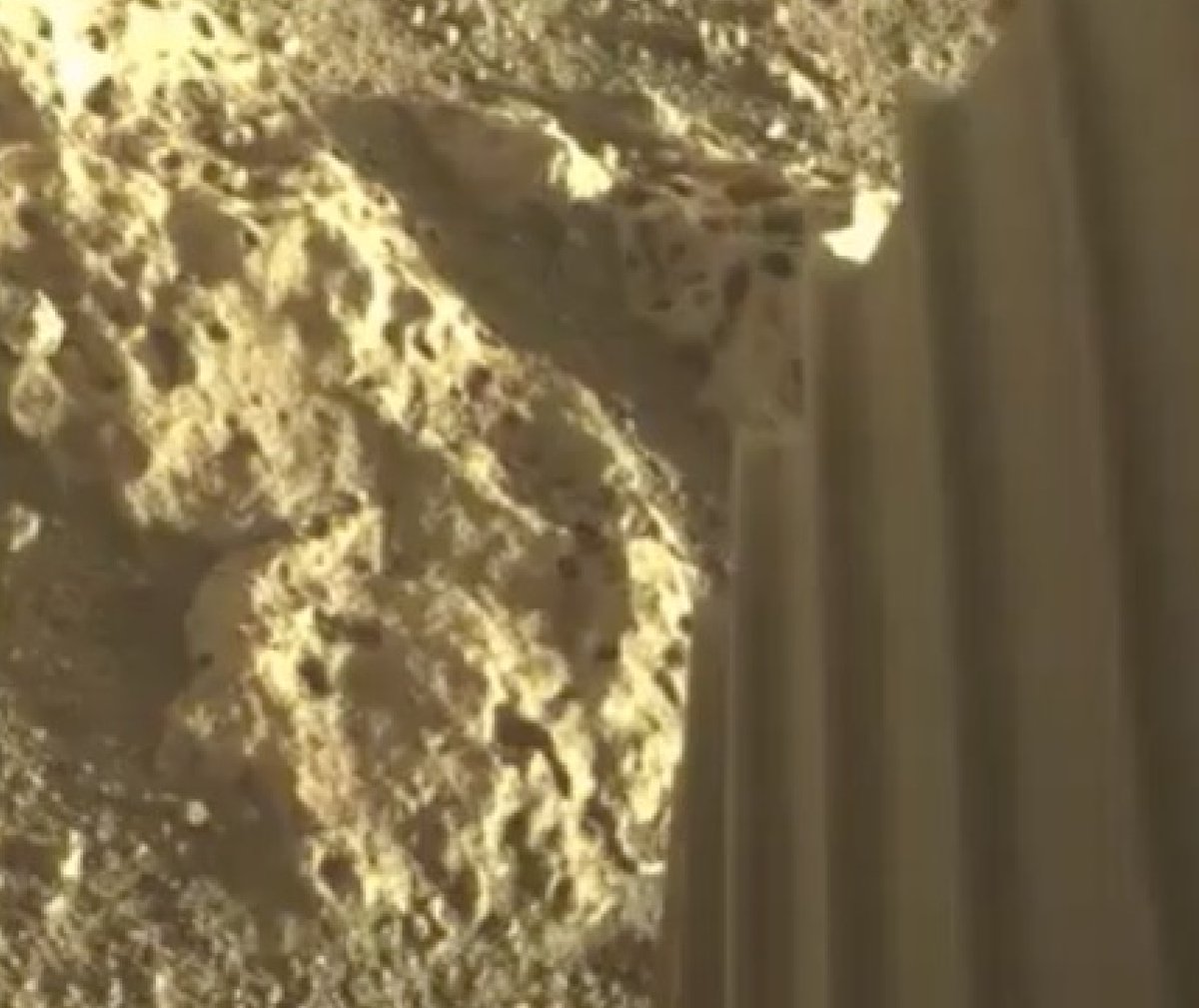
Jezero Crater, the future home of #Perseverance, is about 28 miles (45 km) across. There's an obvious river delta formation inside its western rim, and that's where the rover is going.
https://twitter.com/ThePlanetaryGuy/status/1362176198936248325
Here's a close-up of part of the fascinating landscape within the target #Perseverance landing and exploration area in Jezero, captured by the @HiRISE camera aboard NASA's MRO in July 2014. (Colored cropped and original map-projected monochrome versions.) 



FYI that ~800-meter-wide crater is named Belva.
If the region looks rough for a landing...it is. But @NASAPersevere has automated avoidance capabilities; it will aim for the areas in blue seen here and avoid the red. Belva is the crater on the left. #Mars2020
https://twitter.com/We_Martians/status/1361743702503288832
(Obviously attempt no landings in Belva.)
• • •
Missing some Tweet in this thread? You can try to
force a refresh















